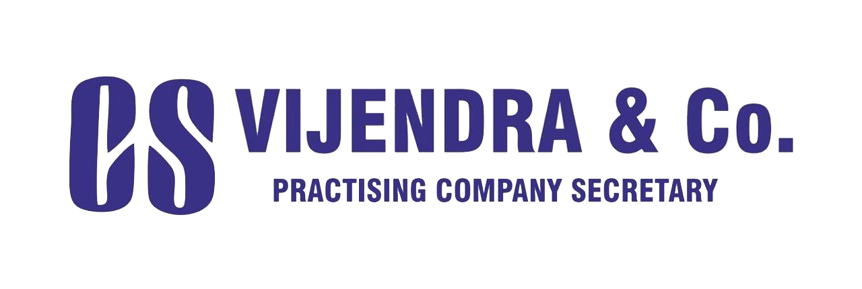Resolve Design Objections: A Comprehensive Guide by Vijendra & Co
Overview of Design Objection
In the realm of intellectual property rights, design registration plays a pivotal role in protecting the aesthetic and visual elements of an innovation. However, during the registration process, applicants may encounter objections from the design registry. These objections arise due to various reasons, including non-compliance with legal requirements, similarity with existing designs, or lack of originality. Addressing such objections effectively ensures the successful grant of design protection. Resolve Design Objections efficiently with a structured approach to overcome legal hurdles and secure your intellectual property.
What is Design?
A design refers to the unique shape, configuration, pattern, ornamentation, or composition of lines or colors applied to an article. The design must be new and original, serving an aesthetic function rather than a technical or mechanical purpose. In India, the Designs Act, 2000, governs design registration, ensuring that creators receive exclusive rights to their visual innovations. Any unauthorized replication of a registered design can lead to legal consequences, making it crucial for innovators to protect their designs through proper registration.
Design Registration Process in India
- Application Filing – The applicant submits a duly filled application along with the required drawings or representations of the design.
- Examination by the Design Office – The Controller examines the application to ensure compliance with the Designs Act.
- Publication in the Official Journal – If no objections arise, the design is published for public inspection.
- Certificate of Registration – Upon successful examination and publication, the design is granted registration.
While the process may seem straightforward, applicants often face objections from the design registry, necessitating expert intervention to Resolve Design Objections.
Grounds for Design Application Objections
Objections against a design application may be raised based on the following grounds:
- Lack of Novelty – If the design is identical or similar to a previously registered design.
- Non-Compliance with the Designs Act – Failure to meet the legal requirements prescribed under the Act.
- Functional Nature of Design – If the design is dictated purely by the function of the article rather than aesthetic appeal.
- Incorrect Representation – If the drawings or representations are unclear, inconsistent, or do not adequately depict the design.
- Pre-Publication – If the design has been disclosed to the public before filing the application.
Understanding these grounds helps applicants preemptively address potential issues and take proactive steps to Resolve Design Objections.
When to Reply to Design Objection?
Upon receiving an objection notice from the design registry, the applicant must respond within the stipulated time frame, usually 30 days from the date of receipt. Failing to reply within this period may lead to the application’s abandonment. A prompt and well-structured response increases the likelihood of overcoming the objection successfully.
How to File a Reply to Design Objection
To Resolve Design Objections, the applicant must draft a strong response addressing the registry’s concerns. The reply should include:
- Point-wise Clarification – Addressing each objection raised by the registrar.
- Supporting Documents – Providing additional evidence or modifications to establish the design’s originality.
- Legal Justification – Citing relevant provisions of the Designs Act to substantiate the response.
- Amendments (if required) – Making necessary changes to comply with legal requirements while preserving the essence of the design.
A well-prepared reply enhances the chances of overcoming objections and obtaining design registration.
Procedure After Filing a Reply to Design Objection
- Further Examination – The design registry reviews the response and supporting documents.
- Hearing (if required) – If objections persist, the applicant may be required to present arguments in a formal hearing.
- Final Decision – The Controller makes a final decision, either approving the registration or rejecting the application.
- Appeal Process – If the application is rejected, the applicant may appeal before the High Court.
Understanding the procedural framework helps applicants take the right steps to Resolve Design Objections effectively.
CS Vijendra & Co: Expert Assistance for Design Objections
At Vijendra & Co, we specialize in assisting clients with design registration and objection resolution. Our expertise in intellectual property law ensures that applicants receive comprehensive guidance in responding to design objections. With a focus on accuracy, compliance, and legal strategy, we help clients Resolve Design Objections seamlessly.
Whether you are facing objections due to lack of novelty, incorrect representation, or legal non-compliance, our team provides tailored solutions to strengthen your application. Trust Vijendra & Co for professional and efficient assistance in navigating design objections and securing your intellectual property rights.


